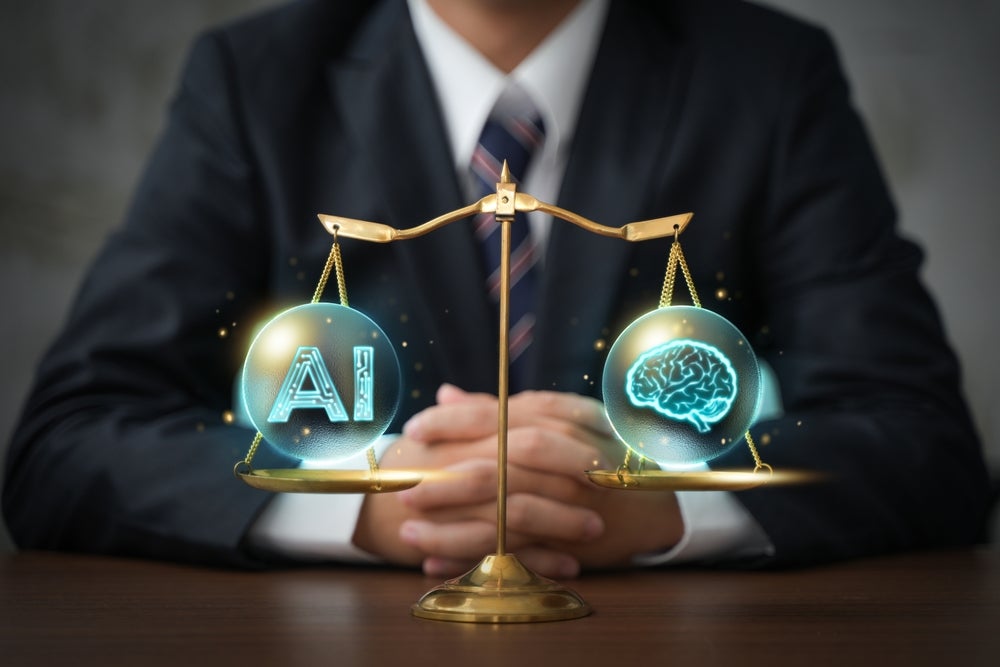
Pioneering the Future: Generative AI and Legal Innovation
October 2, 2024
The integration of artificial intelligence (AI) and generative AI (GenAI) into the legal sector marks a monumental shift, promising to revolutionize how legal professionals operate. However, this transformation is accompanied by a spectrum of reactions ranging from enthusiastic optimism to careful skepticism. Navigating this landscape of innovation requires a strategic approach that balances technological advancements with essential contemplations about how these tools can truly serve the needs of the legal field.
Historical Context: Understanding Today’s AI Landscape
To comprehend the current state of AI in the legal domain, it is essential to reflect on the technological advancements that have culminated in today’s myriad GenAI tools. The emergence of GenAI is heralded as one of the most disruptive forces not only within legal practice but across various professional fields. Particularly, the transformer architecture has been a game changer, enabling language models to process sequential data effectively. This evolution fosters a better understanding of large legal datasets and automates numerous tasks that were once time-consuming manual processes.
 Legal professionals are exploring innovative AI tools for enhanced efficiency.
Legal professionals are exploring innovative AI tools for enhanced efficiency.
The Data Dilemma: Accessibility and Quality
The cornerstone of AI effectiveness in a legal setting rests on the availability and the integrity of data. Effective generative AI applications demand access to rich and comprehensive legal datasets, incorporating historical files, document precedents, and various other pertinent legal materials. Without this robust foundation, the implementation of AI capabilities can falter, limiting the potential impact on efficiency and legal research accuracy.
Bridging Disciplines: The Need for Multi-disciplinary Teams
The intersection of law and AI is not merely an overlap of technologies but rather a complex convergence that requires multi-disciplinary collaboration. To design AI solutions that are both legally compliant and technologically sound, it is crucial to engage subject matter experts (SMEs) knowledgeable in both fields. This collaboration is integral in crafting tools that not only function effectively but also uphold the legal standards requisite within practice.
Strategic Deployment: AI as Critical Infrastructure
As law firms begin to integrate AI strategies into their operations, it is imperative that these technologies are viewed as critical infrastructure. Simply adopting AI for its novelty is insufficient; legal professionals must develop a comprehensive strategy that incorporates AI into their broader operational framework. This means retooling skill sets, rethinking workflows, and embracing a culture of innovation that empowers lawyers to adapt and thrive alongside these AI tools.
 Innovative AI tools are reshaping technology across industries.
Innovative AI tools are reshaping technology across industries.
Lumigator: Simplifying Language Model Selection
In parallel with advancements in the legal field, projects like Lumigator aim to provide frameworks that facilitate the selection of appropriate language models for various applications. Lumigator’s initial iteration offers a transparent and efficient methodology for evaluating large language models (LLMs) based on task-specific metrics. This framework ensures that developers and researchers can choose the optimal model for integrate into their projects, paving the way for more structured AI implementations.
Future Prospects of Lumigator
The evolution of Lumigator is expected to encompass additional features, including seamless integration into projects, fine-tuning capabilities, and real-time monitoring of experimental data. The creation of both a user interface and a software development kit (SDK) will further empower developers, enhancing the versatility and accessibility of AI tools within various sectors.
Samsung’s Technological Leap: Advancements in SSDs for AI
In another significant advancement in technology, Samsung Electronics has launched mass production of its new solid-state drive (SSD), aimed at bolstering AI computing power in personal computers. The PM9E1 SSD stands out with its PCIe 5.0 technology, boasting the highest performance and largest storage capacity in its class. This innovation highlights Samsung’s commitment to meeting the demands of on-device AI applications, with improved energy efficiency, increased speed, and supplementary security features.
Performance Enhancements
The PM9E1 is powered by a cutting-edge five-nanometer controller and eighth-generation V-NAND technology, delivering exceptional sequential read and write speeds. This translates into faster data transfer, allowing massive datasets associated with AI applications to be processed efficiently, further enhancing the capabilities of AI in legal technology solutions.
Samsung’s advanced SSD solutions are setting new standards for AI applications.
Conclusion: The Path Forward
The future of generative AI in the legal sector is laden with promise, contingent upon how effectively these technologies are integrated into existing frameworks. Legal professionals must remain open to embracing AI, continually re-evaluating their skills and processes to remain relevant in a rapidly evolving landscape. Furthermore, initiatives like Lumigator and innovations in hardware such as Samsung’s new SSD exemplify the profound changes at the intersection of law and technology. As these advancements materialize, they collectively contribute to a legal ecosystem poised for transformation, one where generative AI can lead to heightened efficiency and novel approaches to complex legal challenges.















